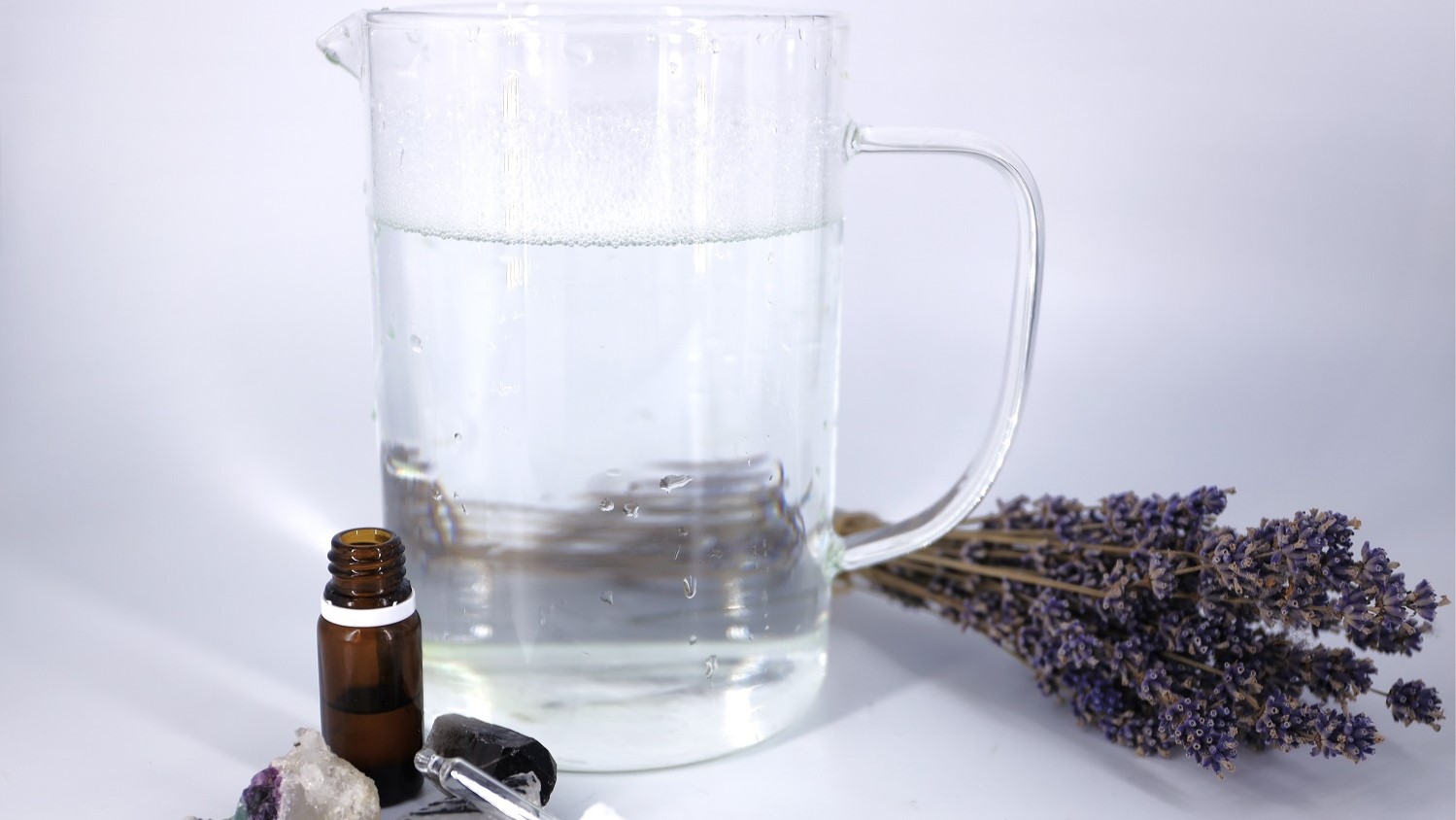Water or car windshield washer fluid is not cosmetics exactly, but it is a car Cosmetics 🙂 and besides, almost everyone has a car and a clean windshield is simply one step closer to safe driving. Surely you can’t help but notice that most insects have gone away almost overnight. As a driver, I’m sure you’re happy (the windshield washer fluid companies probably less so), but the point is, that this is not good. We really have eliminated about 75% of insects [1, 2] and that is a very large and sad number and unfortunately it has and will have a negative impact on all of us. There is a Red list of threatened species in the Czech Republic – Invertebrates. See it for yourself, it’s 760 pages long 😬.
The mixture of the liquid depends on the size of your windshield washer fluid tank. I’m doing the math for the car I have, which is a Skoda Octavia 0.2 TSI (I think 🤔), which has a tank size of about 4 L. So take a look before you start figuring it out. Why is it a good idea to make your own washer fluid? As always, it’s about knowing what to put in it (just rubbing alcohol, some detergent (hopefully “eco”) and distilled water, alternatively also essential oil). That way, it shouldn’t be a big burden on the environment. After you look at the windshield washer mixes sold that come in all colours and contain god knows what, go ahead and make your own, here’s how:
Summer mixture
Ingredients:
- Distilled water – approx. 3.5 L (can be bought in drugstores for about €3 / 5 L)
- Isopropyl alcohol (alcohol/technical alcohol or denatured alcohol, ethyl alcohol, but pure vodka will also suffice 🙂 – can be bought in a drugstore/pharmacy or in paints and varnishes store etc.) price from about €4 / L – 1 cup, which is approx. 250 ml
- Liquid detergent (all-purpose cleaner or dish detergent) – 3 tablespoons
- Essential oil (EO) for fragrance (e.g. lemon, lavender, violet…) – approx. 5 drops, but it is not necessary (one EO is approx. €2-6, it lasts really long and you can use it in the production of cosmetics or fragrances for the home as well)
- Container (bucket, jug, canister) with a capacity of about 4 litres or more (a sealable container is better for better mixing/shaking)
Apart from buying the ingredients to make it, the windshield washer liquid can be ready in 5 minutes 👍.

Instructions:
- Start with a clean, empty bucket or canister of at least 4 litres. Fill it with 3.5 L of distilled water. Distilled water is preferred because it does not contain impurities found in regular tap water that can clog your washer system.
- Add one cup (approximately 250 ml) of isopropyl alcohol. The alcohol will help lower the freezing point of the mixture, making it suitable for all seasons. Right now, we add only a little bit of alcohol, hence the mixture can’t tolerate strong frost (only about -5°C) and the cleaning effect is our main focus.
- Add 3 tablespoons of liquid detergent. (The detergent helps to break down and remove dirt from the glass).
- If you want to smell a nice scent when using the windshield washer, then you can add a few drops of essential oil – about 5 drops (choose what smells good to you – lemon, eucalyptus, rose or lavender essential oil for example), it’s up to you.
- Stir/shake the mixture well. You can pour the mixture into your car’s windshield washer tank and go. Preparation time? About 5 min. It just takes longer the first time, it usually does. You get the hang of diluting and buying the ingredients, but once you do, it’s a cake walk, seriously!
Winter mixture
The recipe is the same, just add more alcohol, i.e. about 50% and you will definitely survive our winters with a clean slate. It depends on more factors, as always, but this washer mixture should withstand freezing temperatures somewhere between -22°C and -40°C. Isopropanol, the alcohol we use, has a freezing point of -89°C [3], so depending on dilution it will be able to withstand freezing.
……As they say “safety first” so since it is a highly concentrated alcohol, it can irritate the skin, eyes, etc. (I do not need to talk about inhalation and consumption, it is definitely not suitable!) Check the label, what the manufacturer states, or the Safety Data Sheet, such as the one showed here. Anyway, as with cleaning and other work with chemicals, it’s a good idea to wear gloves and goggles 🤓.


0 Comments